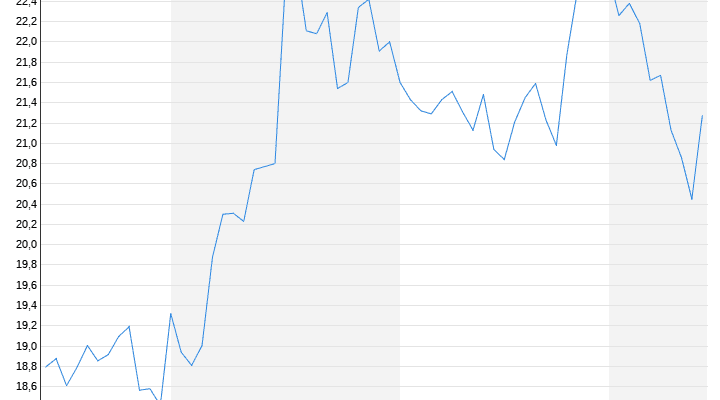“Outstanding Year”
K+S quintuples the dividend
03/14/2023, 6:48 p.m
K+S can compensate for the reduced demand with higher prices and keep a large part of the increased costs bearable through long-term contracts. In the end, the result is twice as high as in the previous year. However, according to the group, this will not be repeated.
The fertilizer and salt manufacturer K+S has achieved record results thanks to the sharp rise in potash prices and intends to pay its shareholders a significantly higher dividend. The shareholders are to receive a distribution of EUR 1.00 per share, as the Kassel-based company announced. For 2021 it was only 20 cents per share, the year before the dividend had been completely canceled after a loss of billions.
“2022 was an outstanding year for K+S,” said CEO Burkhard Lohr. The shareholders are also to be involved with a share buyback program worth up to 200 million euros, which is to start after the Annual General Meeting in May.
Last year, K+S achieved an operating result (Ebitda) of EUR 2.4 billion and thus achieved the forecast it raised in November. For the year as a whole, it more than doubled. Significantly higher potash prices were able to more than compensate for falling volumes and higher costs at the same time. In addition, K+S benefited from long-term gas supply contracts: cost increases for energy in the mid three-digit million euro range could be avoided in 2022, as K+S also announced. Sales climbed 77 percent to 5.7 billion euros. Thanks to higher fertilizer prices, K+S was able to more than compensate for lower sales volumes, also due to logistics problems, and higher costs.
Lohr was optimistic for this year, even if he only expects an operating result of between 1.3 billion and 1.5 billion euros. “That would be another very good result,” he said. In 2023, K+S expects demand to increase, but also lower prices than in the previous year, but still at an “attractive” level overall. Lohr also expects a headwind from a further increase in costs, especially for energy, logistics and material, as well as higher wage costs.
